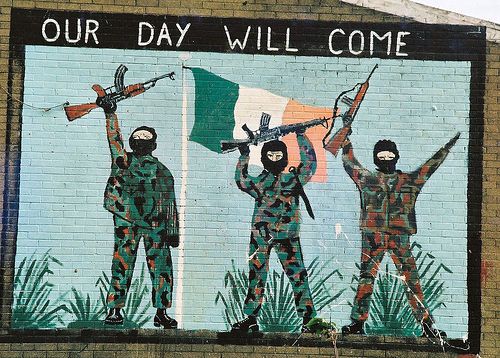The media platform that during my HSC year in 2015 became synonymous with procrastination. Upon attending Wednesdays lecture on media convergence, I came to the realisation that Buzzfeed is an example of a convergent media platform.
Media convergence refers to the merging of multiple media types onto one platform. In the case of Buzzfeed this refers to the variety of media types they offer over a variety of devices – this includes news, social media, mini-series, entertainment videos and more. Let me put the reach of this one platform into perspective, they have not one, two or three, but five mobile applications, a website that on March 31st acquired 12.5 million global views, and at 5:30 pm on the 2nd of April 2016 had a total of twenty-three million, five hundred and thirty two thousand, nine hundred and forty two subscribers over the 7 YouTube channels they operate. This amounts to an average monthly total content view account of 6 billion.
And for what? Posts like:

and???

Whether or not you chose to define Buzzfeed as a reputable media platform, it is quite clearly a prime example of convergent media.
Apart from its responsibility in the procrastination toward my studies, some disadvantages arise from Buzzfeed being a convergent media platform. Because only one company owns and distributes the media that reaches these six billion monthly viewers, an audience is only able to gain one (some may say limited) perspective. Since 2013, Buzzfeed has been involved in many cases of pulling stories that offend companies. This is shown through the case of Mark Duffy, a former Buzzfeed employee who had his story critical of deodorant brand ‘Axe’ taken down because of pressure from the manufacturer ‘Unilever.’ This is a disadvantage as because if an audience are only viewing media posted by one platform, they are more susceptible to the message they are or not putting out, maybe for advertising revenue?
The advantages of a convergent media platform such as Buzzfeed are pretty simple. Everything is in  one place.
one place.
This is a screenshot taken of the Buzzfeed app from my phone. It is truly the age of convenience that from one device I can access news, entertainment and videos. Buzzfeed seems very intent on establishing itself as a convergent media platform as the ‘sign in’ also indicates that the platform has its own social media aspect. Who knows, by next year Buzzfeed may have successfully taken over the world.
For the last time,
Lily x

